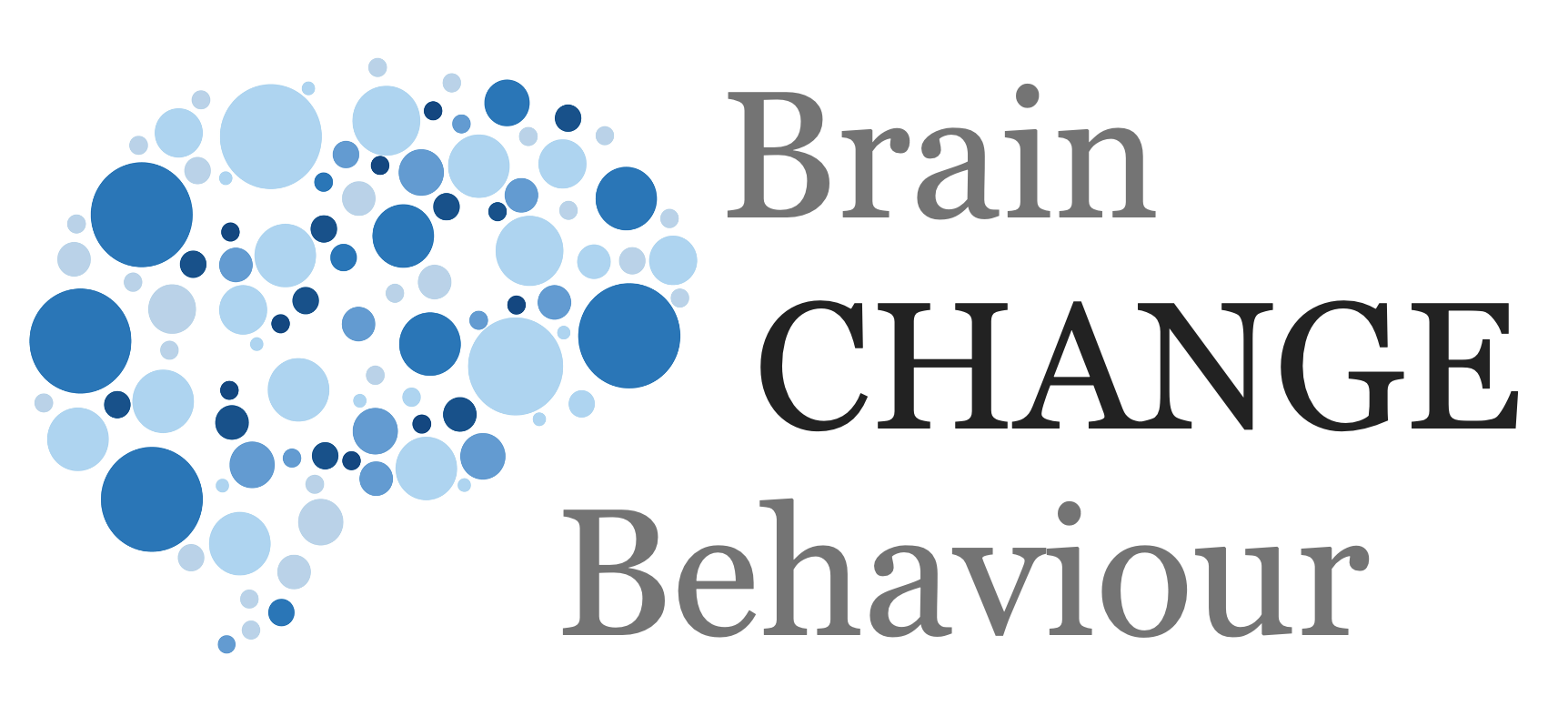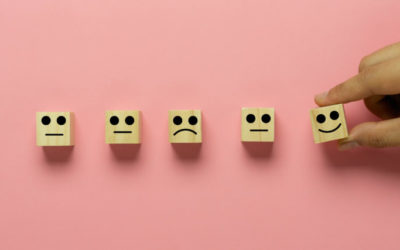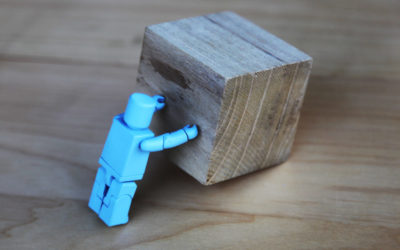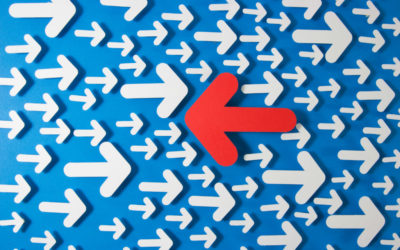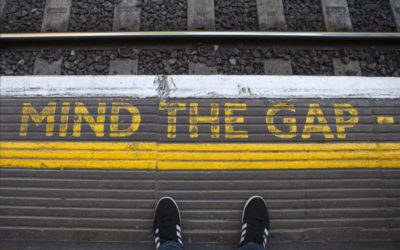Article
Grouping

From: Michie, S., van Stralen, M. M., & West, R. (2011). The behaviour change wheel: A new method for characterising and designing behaviour change interventions. Implementation Science, 6(1).
The behaviour change wheel is the result of a systematic review of change models, frameworks, and theories, followed by the subsequent realisation that they were not aligned and describing different things.
This therefore gives a nice summary of behaviour interventions and policy categories to guide change in multiple contexts particularly when trying to influence large-scale change across population groups.
This is not designed as a linear model as each section on the wheel can interact with multiple other sections but rather aims to show the different mechansims in one succinct diagram.

Michie et al.’s COM-B behavioural model
COM-B is a simple descriptive model of behaviour whch outlines three contributing factors of Capability, Opportunity, and Motivation. Each can independentally activate behaviour but often influence each other so that having capability and the opportunity increases motivation and thus likelihood of a behaviour. Each of these has two subsets, for example, Capability has physical capability and psychological capability.
From this there are nine intervention functions and these will be related to the behaviour. This serves as a taxonomy of interventions.
-
- Environmental restructuring
- Restrictions
- Education
- Persuasion
- Incentivisation
- Coercion
- Training
- Enablement
- Modelling
On top of these there are seven policy categories
-
- Guidelines
- Environmental / Social Planning
- Communication / Marketing
- Legislation
- Service Provision
- Regulation
- Fiscal Measures
This therefore gives, firstly, a comprehensive tool to anaylse behavioural change processes, and secondly, a taxonomy of change and how to initiate this particulalry in society and governmental contexts.
Simple Takeaways
-
- Capabilities + Opportunity + Motivation = Behaviour
- There are nine types of intervention
- There are seven policy categories
© leading brains 2022
References
The behaviour change wheel: A new method for characterising and designing behaviour change interventions. Implementation Science, 6(1).
More Articles
Introduction to SCOAP
SCOAP is a complete model of human motivation, behaviour, and wellbeing, summarising over a century of research into the human brain, human psychology, and human behaviour in all contexts.
SCOAP Needs
These are basic human needs which means fulfilling them is essential for human wellbeing and therefore also that having them unfulfilled or violated lowers human wellbeing. These also direct human motivation and subsequently human behaviours.
SCOAP Motivation
Much has been written about motivation and there are many (false) assumptions to motivation also. So let’s start with a simple definition of motivation.
SCOAP Behaviour
Behaviour is about doing things, actions. That is obvious, but there are many grey zones to behaviour. For example do we class breathing as behaviour, or heartbeat, or sweating?
SCOAP Change
As you will have seen with SCOAP, this gives a comprehensive model of human needs, motivation, and behaviour. We can therefore use this to guide behavioural change interventions.
The Undermining Effect
Rewards sound like a good way to instigate behaviour you want. In our world we often think of financial rewards. Good idea, right?
Well, no, rewards can actually lower motivation.
Making Change Stick
The sustainability question, or problem, is ultimately the biggest and most important question or issue.
The Value-Action Gap
The value-action gap has multiple other names: attitude-behavior gap, intention-behavior gap, KAP-gap (knowledge-attitudes-practice gap) or belief-behavior gap.
It refers to the gap between what people often say they value and their subsequent actions or willingness to meaningfully contribute to this value.
Uncertainty Changes Behaviour (But Boiling Frogs Doesn’t)
Why do people make random and unpredictable decisions when uncertainty arises (such as buying toilet paper at the start of a pandemic)?
Deadlines Increase Procrastination
What! I’d get nothing done without deadlines!
Ditto, though I can be very productive, I have a natural tendency to procrastinate. In fact it is one of my natural talents!
